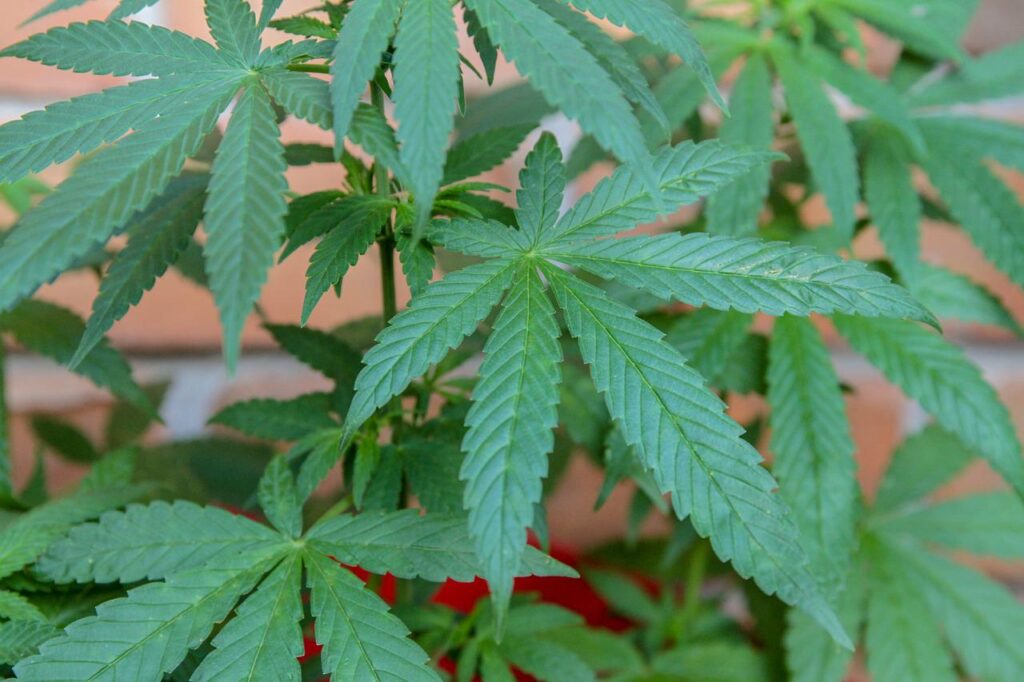Section 1 What is organic gardening and why should you do it?
Section 2 Planning your garden – what to consider before you start planting
Section 3 Soil preparation – how to get your soil ready for planting

Section 4 Choosing the right plants for your climate and soil type – tips to help you choose
Section 5 Caring for your organic garden – watering, weeding, and pest control
Section 6 How to deal with common pests and diseases in organic gardens
Section 7 Harvesting your crops – tips for getting the most out of your garden
Introduction
Organic gardening can be a fun and rewarding way to spend your time, and it’s a great way to get in touch with nature. If you’re new to organic gardening, don’t worry – we’ll guide you through the process. In this blog post, we’ll discuss some of the basics of organic gardening, and we’ll give you some tips for getting started. So read on for everything you need to know about organic gardening! By following the tips below, you can create a thriving organic garden that will produce delicious fruits and vegetables for years to come. Let’s get started!
Section 1 What is organic gardening and why should you do it?
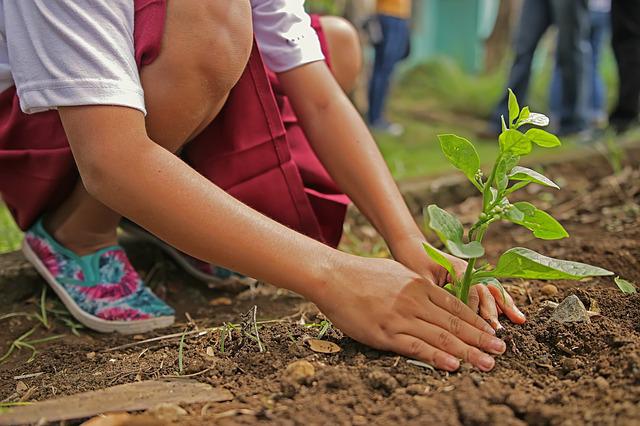
Organic gardening is the process of growing plants without the use of synthetic pesticides or fertilizers. Instead, organic gardeners rely on natural methods to add nutrients to the soil and control pests. One reason why many people choose to garden organically is because it can be more environmentally friendly than conventional gardening. Growing media that is not biodegradable can pollute the environment, and synthetic chemicals can leach into groundwater, harming plant and animal life. In addition, organic gardening is often more sustainable than conventional gardening, as it does not require the use of fossil fuels for transportation or manufacturing. Finally, many people believe that organic produce tastes better than conventionally grown produce. While organic gardening requires more time and effort than conventional gardening, many gardeners find it to be well worth the effort.
Section 2 Planning your garden – what to consider before you start planting
Before you start planting your garden, it’s important to take some time to plan ahead. First, consider the size of the space you have to work with. This will help you determine how many and what types of plants you can realistically expect to fit in your garden. For example, if you have a small balcony, you’ll want to choose plants that don’t require a lot of room to grow. If you have a large yard, on the other hand, you can be more ambitious in your plant selection. Next, think about the growing medium you’ll be using. Will you be growing in soil, hydroponically, or in another medium? This will affect the types of plants that will do well in your garden. Finally, if you’re planning on growing indoor plants, make sure you are aware of the light requirements of your plants. You may need to provide artificial lights for some plants. By taking the time to plan ahead, you can ensure that your garden is a success.
Section 3 Soil preparation – how to get your soil ready for planting
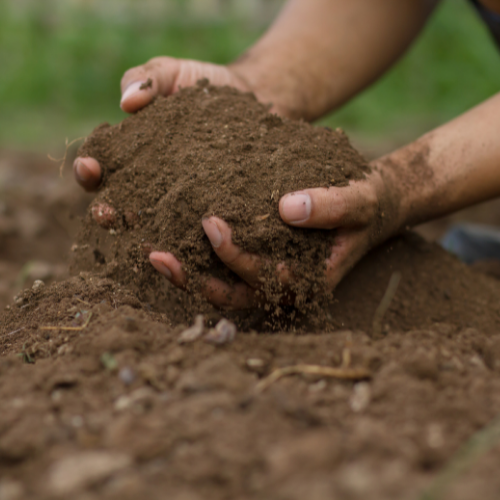
Before you can start planting, you need to make sure that your soil is ready. Depending on the type of plants you want to grow, your soil may need to be amended with nutrients or fertilizer. For plants that prefer a more acidic growing medium, you may need to add organic matter such as compost or manure. If you’re growing plants indoors, you’ll need to make sure that your growing medium is sterilized to prevent the spread of disease. Regardless of the type of plants you’re growing, taking the time to properly prepare your soil will give your plants the best chance of success.
Section 4 Choosing the right plants for your climate and soil type
Any gardener knows that choosing the right plants is essential for a successful garden. Not only do you need to consider the climate and soil type, but also the amount of sun or shade the area receives. Fortunately, there are a few general tips that can help you choose plants that will thrive in your specific conditions.

Not all plants will thrive in every environment, and some may even require special nutrients or a different growing medium. For example, plants that prefer acidic soil may not do well in alkaline conditions, and those that require full sun may struggle to survive in shady areas. By choosing plants that are well-suited to your specific conditions, you can ensure that they will have the best chance of thriving.
One of the most important factors to consider is the nutrients in the soil. If your soil is lacking in nutrients, you may need to use fertilizer or amend it with organic matter. You should also consider the texture of the soil, as this can affect how well plants roots are able to anchor themselves. For example, clay soils tend to be dense and compacted, while sandy soils are light and loose. If you’re not sure what type of soil you have, you can always have it tested by a professional.
Another important consideration is the growing medium. This is especially important for plants that are grown indoors, as they may not be able to tolerate outdoor conditions. For example, succulents generally require a well-draining growing medium, such as cactus mix or perlite. Conversely, plants that require more moisture will need a growing medium that retains water, such as peat moss or coco coir.
Section 5 Caring for your organic garden – watering, weeding, and pest control
To have a healthy and successful garden, you will need to put in some effort caring for it. This includes watering, weeding, and pest control. All of these tasks are important in order to maintain a healthy growing environment for your plants.
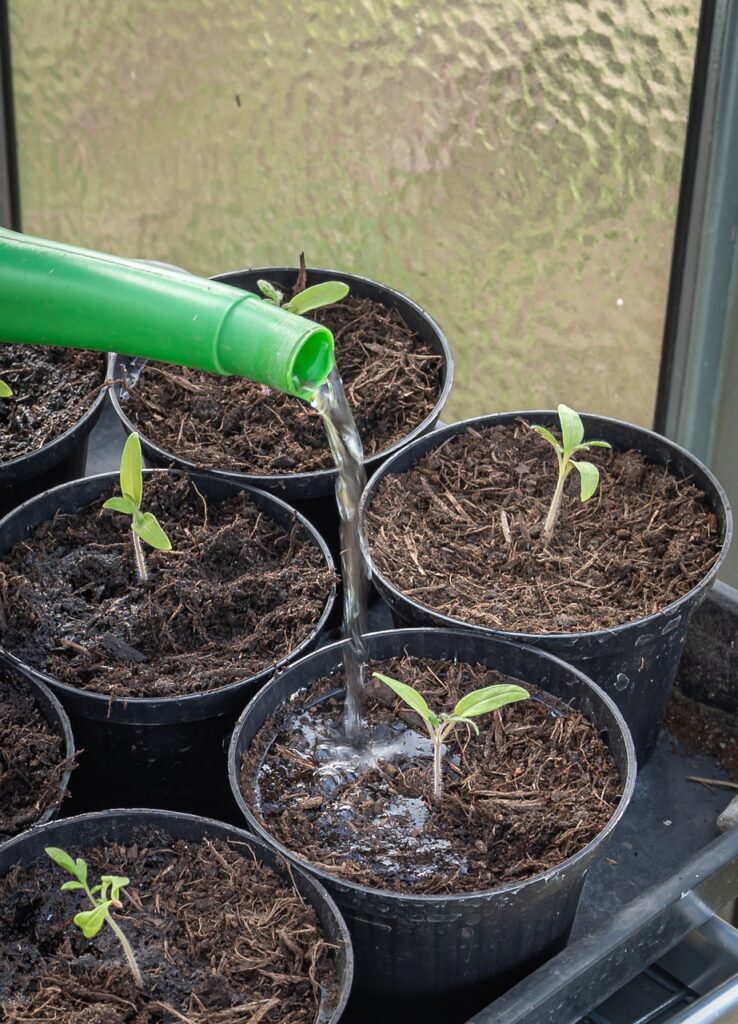
When it comes to watering, make sure to water your plants deeply and evenly, providing them with enough moisture to support healthy growth. It’s also important to monitor the moisture levels in your growing medium, as too much or too little water can both be detrimental to plant health. The amount of water that they need will depend on the type of plant and the growing medium. For example, succulents do not need as much water as other types of plants. If you are unsure about how much water your plants need, a good rule of thumb is to water them when the top inch of soil is dry. Be careful to not overwater plants.
Weeding is another important task for caring for your garden. Because chemicals are not used in organic gardening, weeds can quickly multiply in your garden, Weeds compete with your plants for nutrients and can quickly take over if they are not kept in check. Hand-pulling weeds is often the best method, as it doesn’t disturb the roots of your plants. You can also use mulch to help prevent weeds from taking over your garden bed.
Pest control is also an important aspect of gardening. There are a variety of pests that can damage your plants, including insects, animals, and diseases. Luckily, there are a number of effective organic pest control methods available. You can use things like traps, barriers, and even beneficial insects to help keep pests at bay. Whatever method you choose, make sure to carefully monitor your plants for signs of pests so you can take quick action.
Section 6 How to deal with common pests and diseases in organic gardens
Pests and diseases can be a problem for any gardener, organic or otherwise. Pests can damage crops, while diseases can weaken plants and make them more susceptible to pests. However, there are a few things that organic gardeners can do to help reduce the risk of pests and diseases.
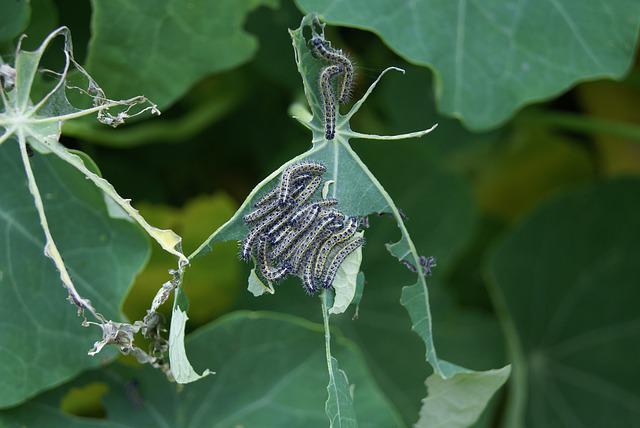
First, it is important to choose the right growing medium. A well-aerated growing medium with plenty of drainage will discourage pests and diseases. Second, avoid using any synthetic chemicals in your garden. These can harm beneficial insects and microbes, leaving your plants more vulnerable to pests and diseases.
Finally, consider growing your plants indoors. This will protect them from many outdoor pests and diseases. By following these tips, you can help ensure a healthy harvest from your organic garden.
If pests or diseases are found in an organic garden, the best course of action is often to remove the affected plant or growing medium and dispose of it properly. This will help to prevent the spread of pests and diseases.
Section 7 Harvesting your crops – tips for getting the most out of your garden
One of the most rewarding aspects of gardening is harvest time. After all your hard work in planting, watering, and weed control, it’s time to reap the fruits (or vegetables) of your labor. But how do you know when your crops are ready to harvest? Here are a few tips to help you get the most out of your garden.
First and foremost, be sure to harvest your crops at the right time. Organic vegetables are especially sensitive to timing, as they won’t last as long as their conventionally-grown counterparts. That said, even indoor plants can suffer if they’re harvested too early or too late. Doing a little research on when to harvest your specific crops will go a long way in ensuring a bountiful harvest.
Pay attention to the color of your fruit or vegetable. If it’s supposed to be red, it’s probably not ready to harvest if it’s still green. However, there are exceptions to this rule. For example, tomatoes can be harvested when they’re still green if they’re being grown indoors.

Second, take a look at the size of your crop. Again, there are no hard and fast rules here, but as a general rule of thumb, smaller vegetables and fruits are usually more tender and flavorful than their larger counterparts. Finally, give your crop a gentle squeeze. If it feels soft or mushy, it’s probably ready to harvest.
In addition, be sure to take care of your plants during the growing season. This means regular watering, fertilizing, and pest control. Neglecting your plants will result in a smaller harvest, so it’s important to give them the attention they need throughout the growing process.
Conclusion
So, there you have it. Everything you need to know about starting an organic garden. Just remember to take your time in planning and preparing your soil, choose plants that are suited for your climate and soil type, and care for your garden diligently. With a little bit of effort, you’ll be harvesting fresh produce from your own backyard in no time! Have you started an organic garden before? What tips would you add? Let us know in the comments below.
Find all of your Organic Gardening Supplies in our Store!
